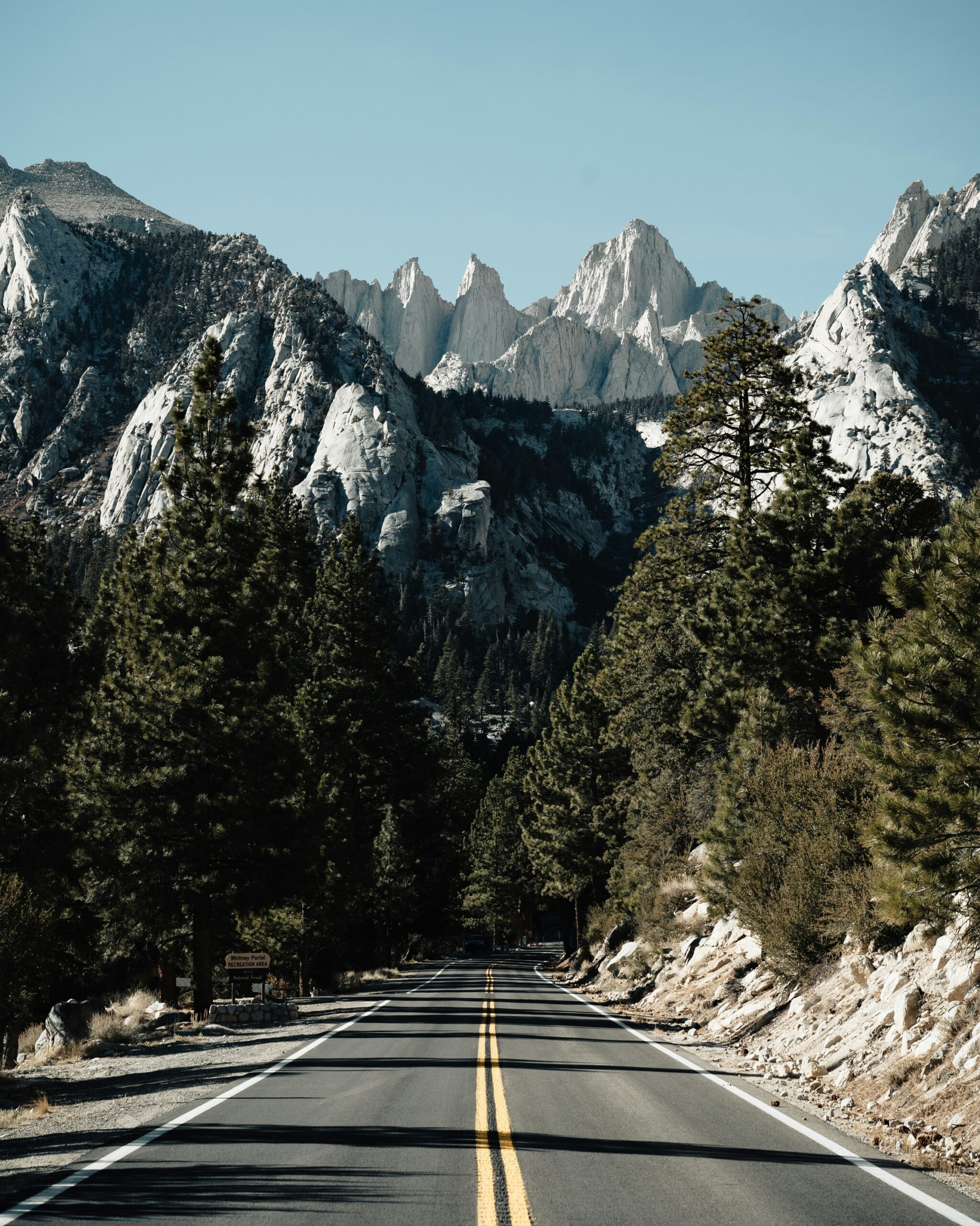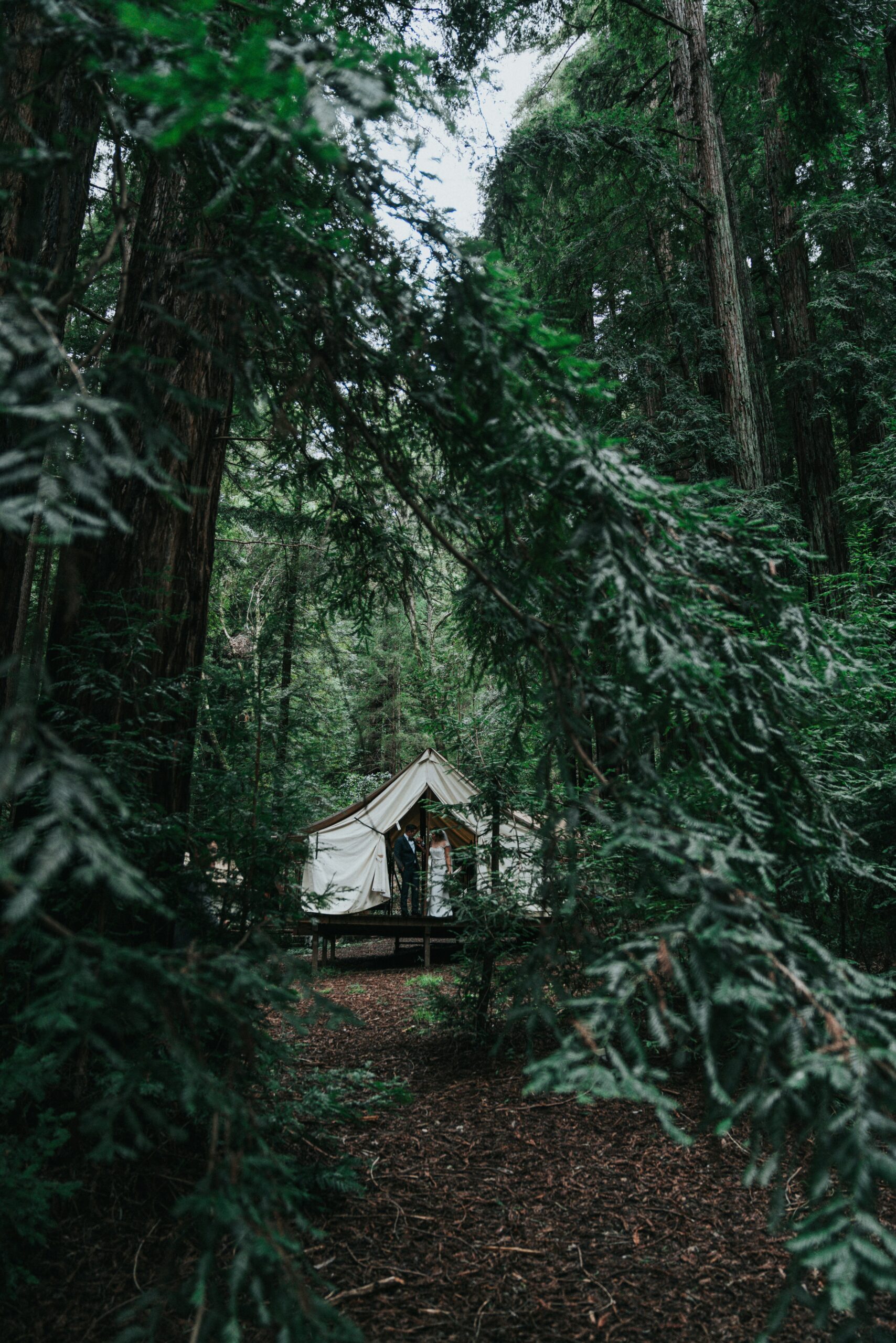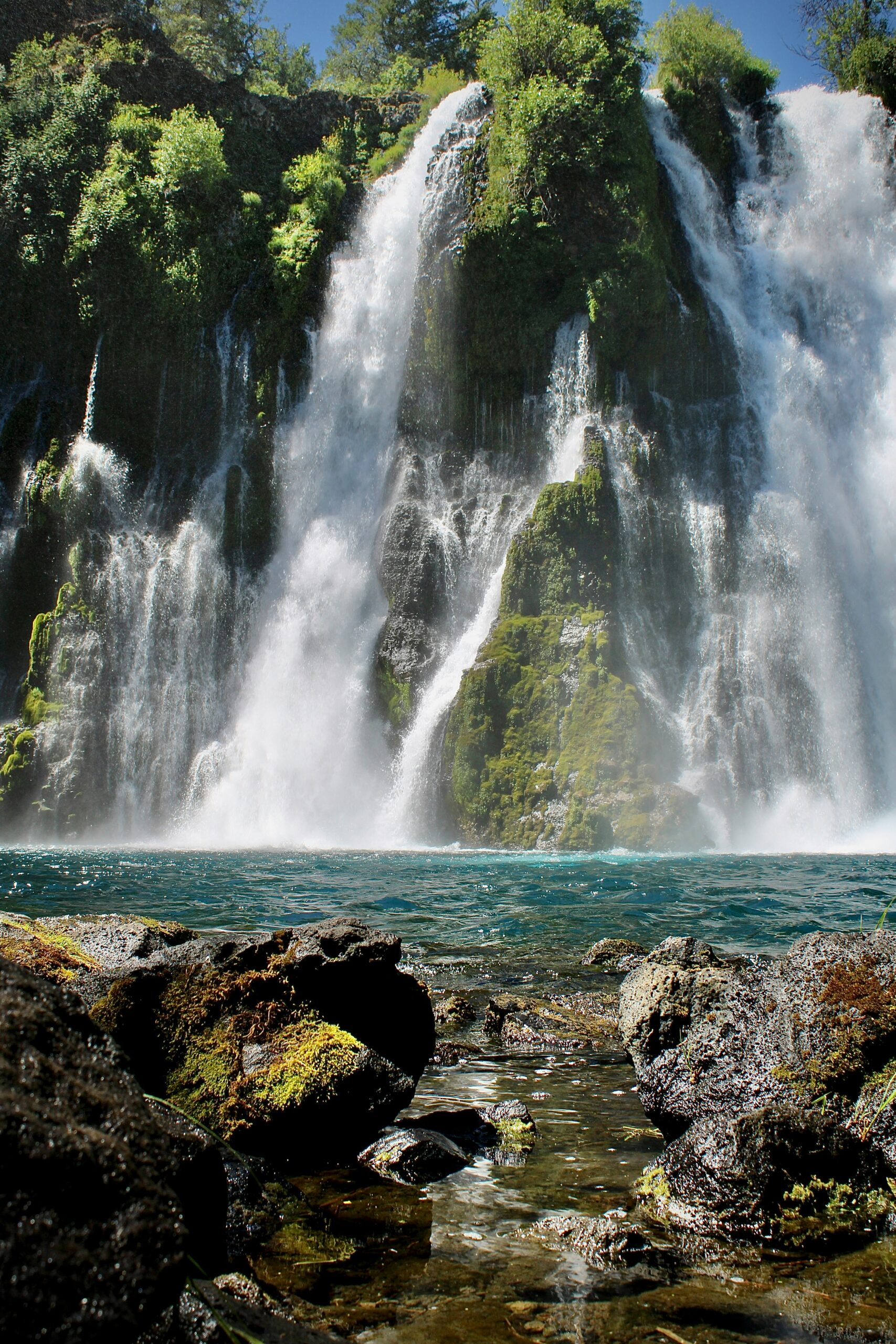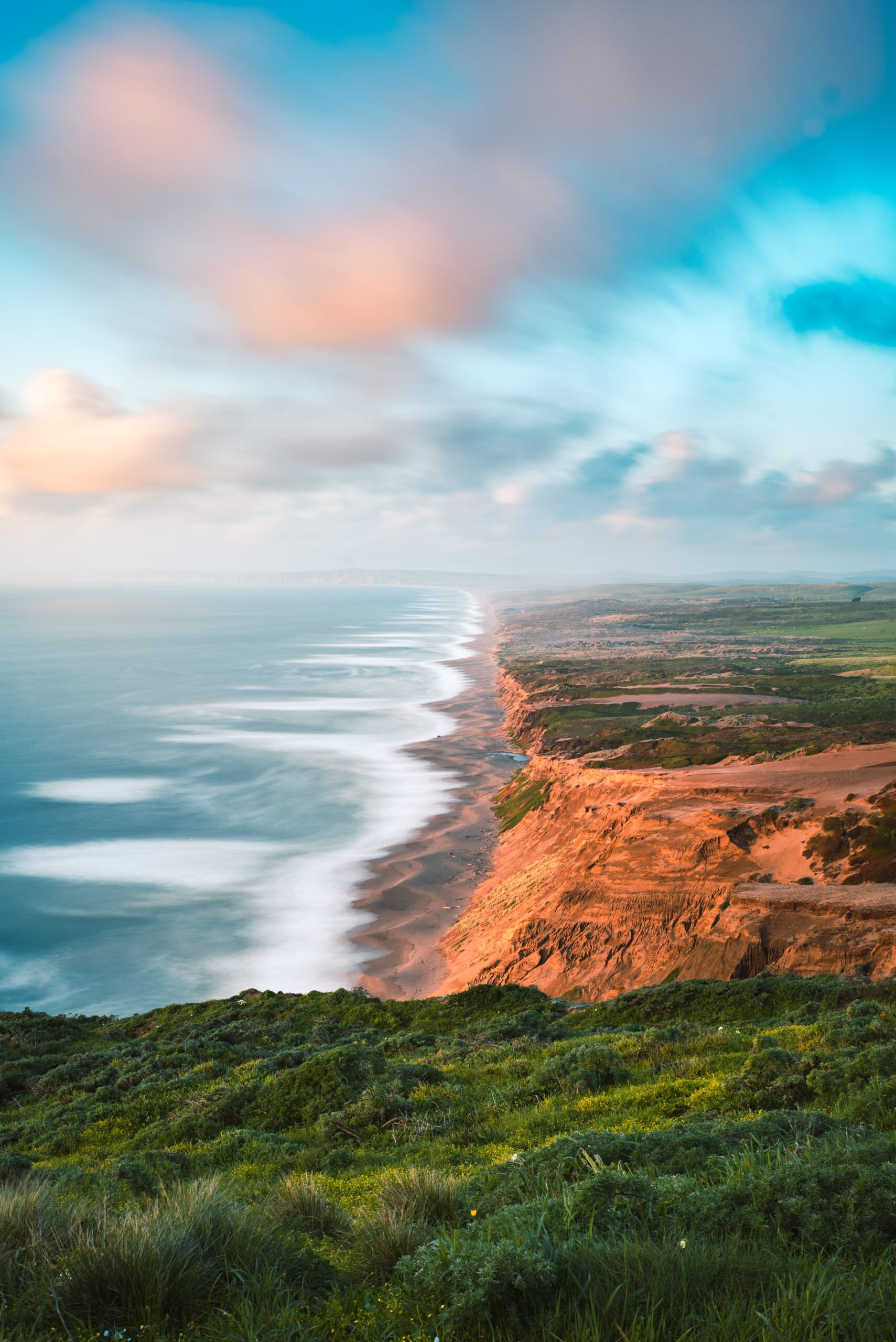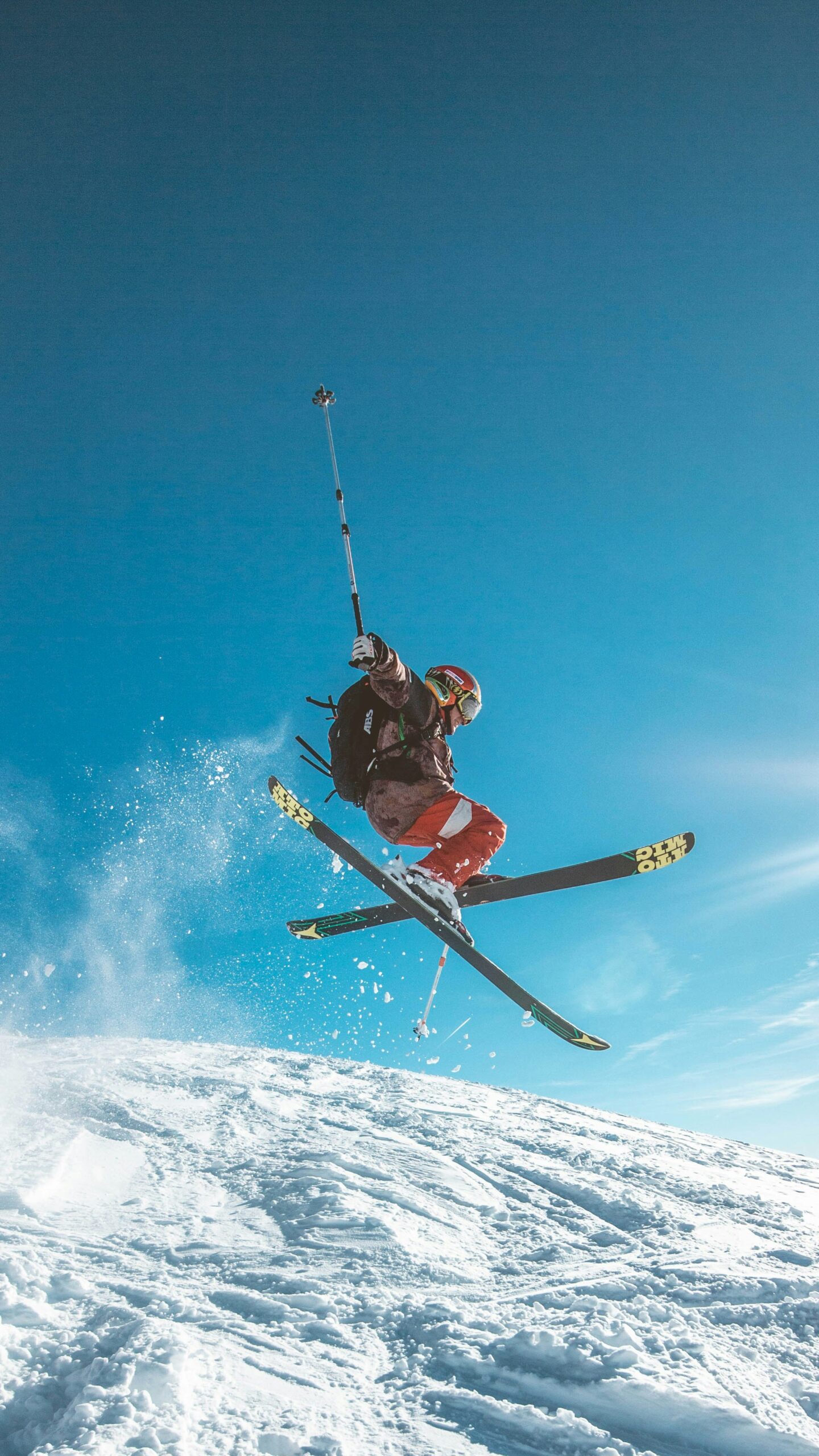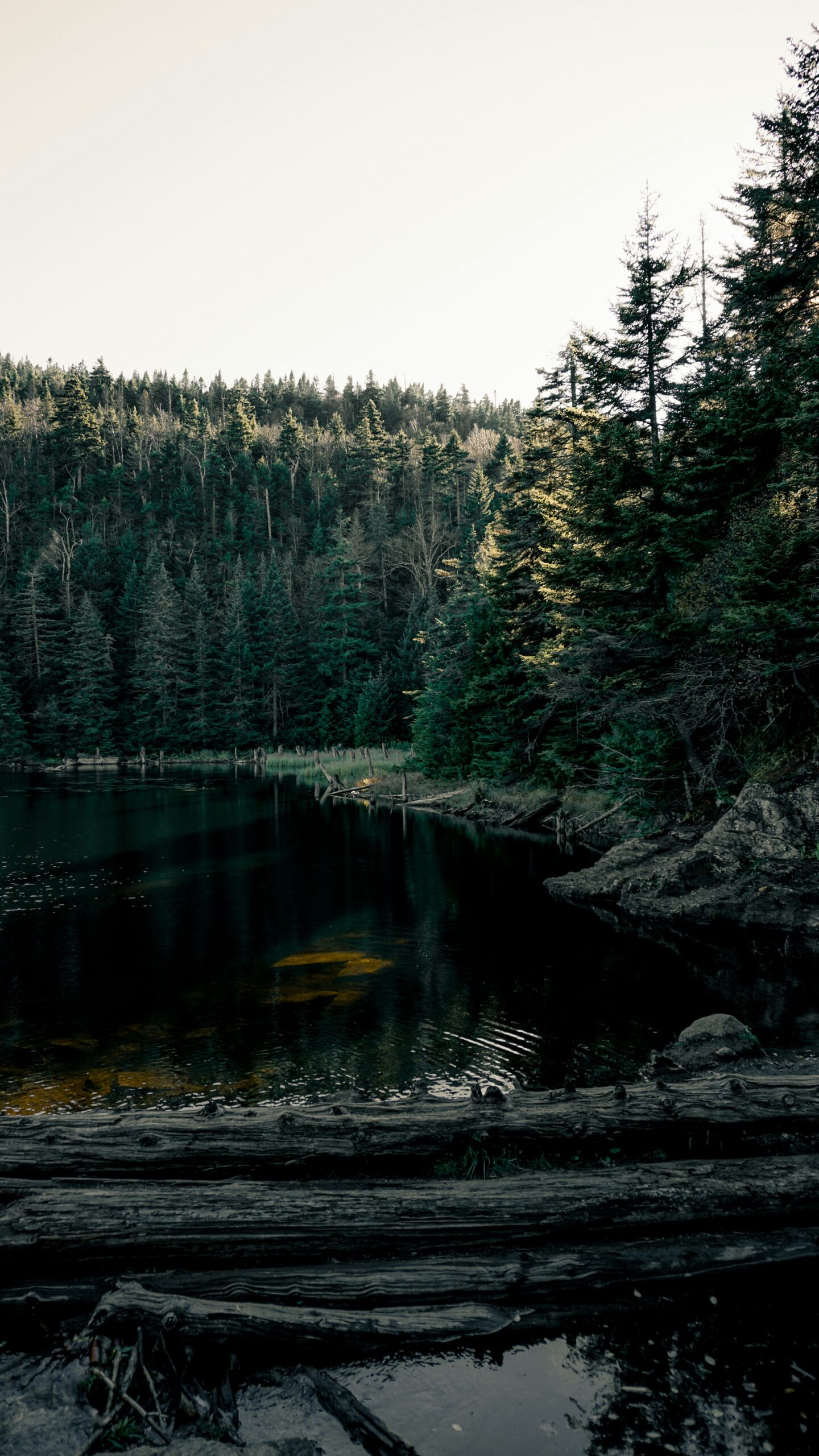Tallest Mountain in California: Reaching New Heights at Mount Whitney
California's majestic peaks beckon adventurers and nature enthusiasts from around the world. You might wonder which mountain stands tallest among the state's impressive range. Mount Whitney, with an elevation of 14,505 feet (4,421 m), holds the title of the highest mountain in California and the contiguous United States.
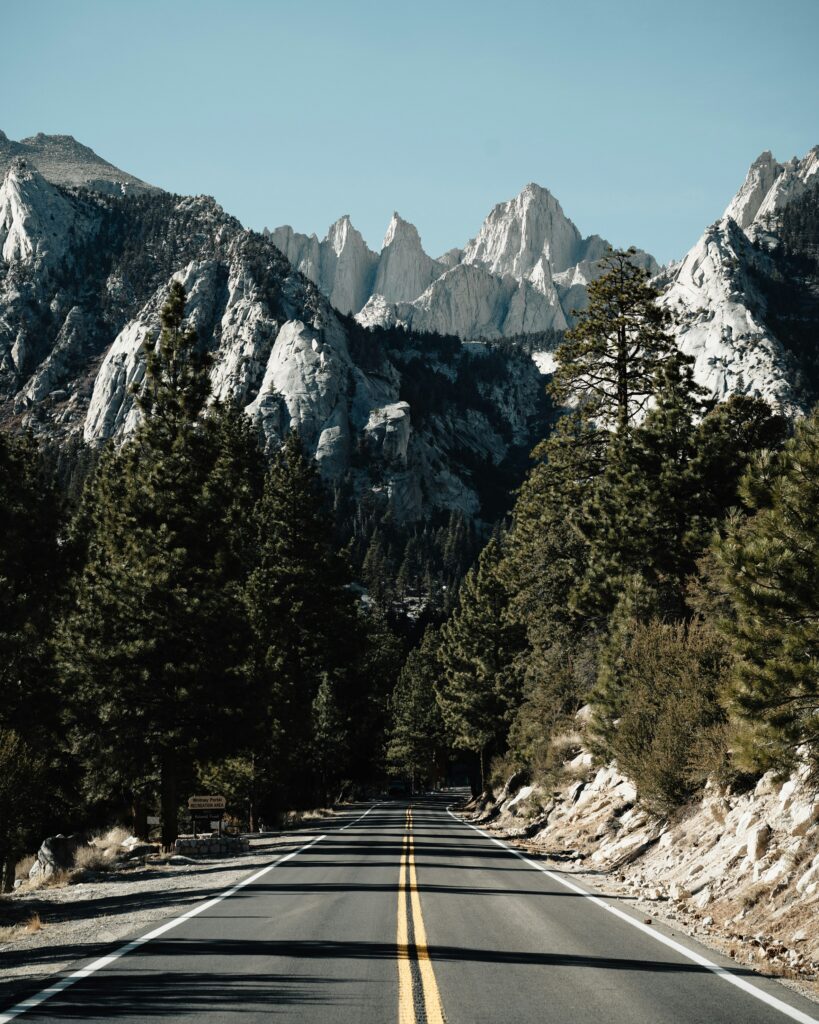
This iconic peak, part of the stunning Sierra Nevada range, offers breathtaking views and a challenging climb for those who dare to ascend its slopes. You'll find Mount Whitney straddling the boundary between Inyo and Tulare counties, surrounded by some of the Sierra's other impressive summits.
Whether you're an avid hiker, a casual tourist, or simply curious about California's natural wonders, Mount Whitney's significance extends beyond its impressive height. Its unique geology, diverse ecosystems, and rich history make it a fascinating subject for exploration and study.
Tallest Mountain in California: Reaching New Heights at Mount Whitney
Historical Significance
Mount Whitney's history is rich with pioneering climbs and deep cultural roots. You'll discover tales of daring first ascents that pushed human limits and learn about the mountain's importance to indigenous peoples long before recorded climbs began.
First Ascents
You might be surprised to learn that Mount Whitney's first recorded ascent didn't happen until 1873. A fisherman named Charley Begole, along with his friends John Lucas and Al Johnson, were the first to reach the summit. Their achievement opened the floodgates for future climbers.
In 1904, you would have witnessed a remarkable feat when Byra Bam Adams became the first woman to summit Mount Whitney. Her climb paved the way for countless female mountaineers who followed in her footsteps.
Today, you can follow in these pioneers' footsteps. The Mount Whitney Trail, established in 1904, lets you experience the same breathtaking views that captivated early climbers.
Native American Heritage
Long before climbers set their sights on Mount Whitney, Native American tribes held the mountain in high regard. You'll find it fascinating that the Paiute people called the peak “Tumanguya”, which means “the very old man.”
For centuries, indigenous communities lived in harmony with the land surrounding Mount Whitney. You can still see evidence of their presence in the form of ancient petroglyphs and artifacts scattered throughout the region.
The mountain played a significant role in Native American spiritual beliefs and creation stories. When you visit, try to imagine the profound connection these peoples had with the landscape, viewing the peak not just as a geographical feature, but as a living entity tied to their cultural identity.
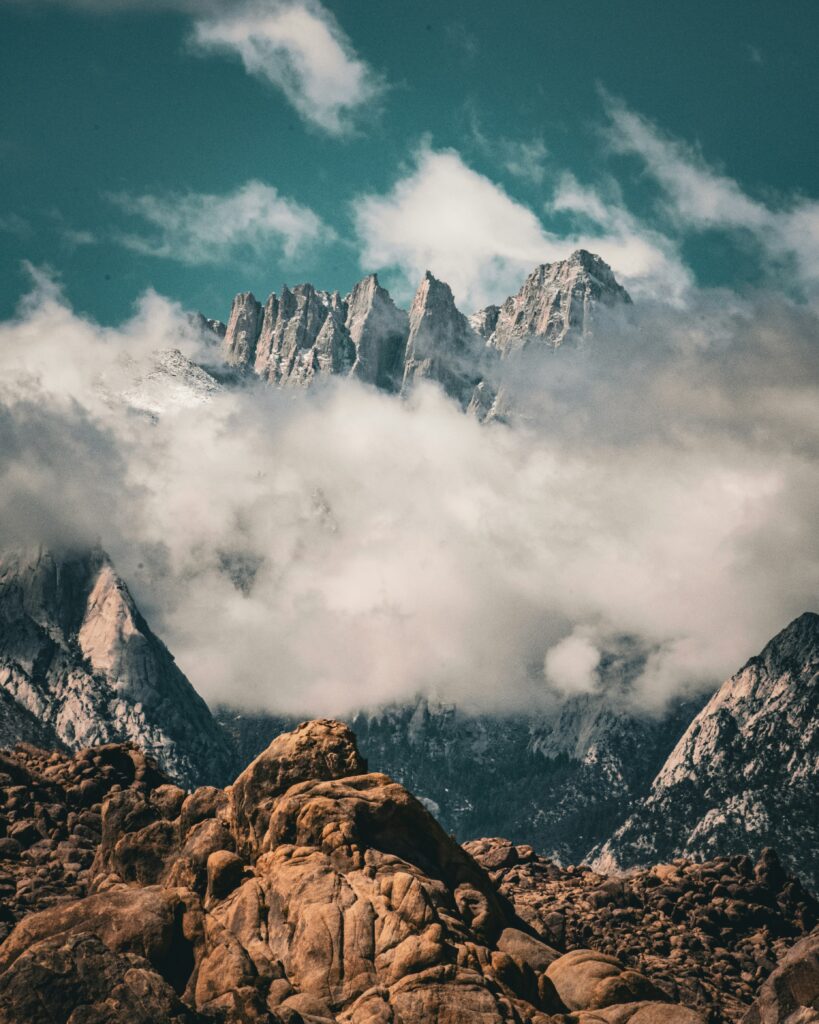
Geographical Overview
California's tallest mountains are distributed across three major mountain ranges. Each range has its own unique geological characteristics and stunning peaks that attract hikers and nature enthusiasts from around the world.
Sierra Nevada Range
The Sierra Nevada is home to California's highest peak, Mount Whitney, standing at an impressive 14,505 feet (4,421.2 m). This majestic range stretches for about 400 miles along the eastern edge of California.
You'll find numerous peaks over 13,000 feet in the Sierra Nevada. The range's geology is characterized by granite batholiths formed during the Mesozoic era.
When you visit, you'll be amazed by the diverse landscapes, including deep valleys, glacial lakes, and ancient forests. The range's western slope is gentler, while the eastern face drops dramatically, creating breathtaking vistas.
White Mountains
East of the Sierra Nevada, you'll discover the White Mountains. This range is home to the third-highest peak in California, White Mountain Peak, which reaches 14,252 feet (4,344 m).
The White Mountains offer a stark contrast to the Sierra Nevada. You'll notice a more arid climate and unique flora adapted to high-altitude desert conditions.
As you explore, you'll encounter ancient bristlecone pine forests, some containing trees over 4,000 years old. The range's geology is diverse, featuring metamorphic and sedimentary rocks.
Cascade Range
In northern California, you'll find the southernmost part of the Cascade Range. This volcanic range extends from British Columbia to northern California.
The highest peak in California's Cascades is Mount Shasta, towering at 14,179 feet (4,322 m). As you approach, you'll be struck by its distinctive conical shape.
The Cascade Range's geology is dominated by volcanic activity. You'll see evidence of lava flows, cinder cones, and other volcanic features as you explore the area.
Mount Shasta and nearby Lassen Peak offer unique opportunities to witness the power of volcanism in shaping California's landscape.
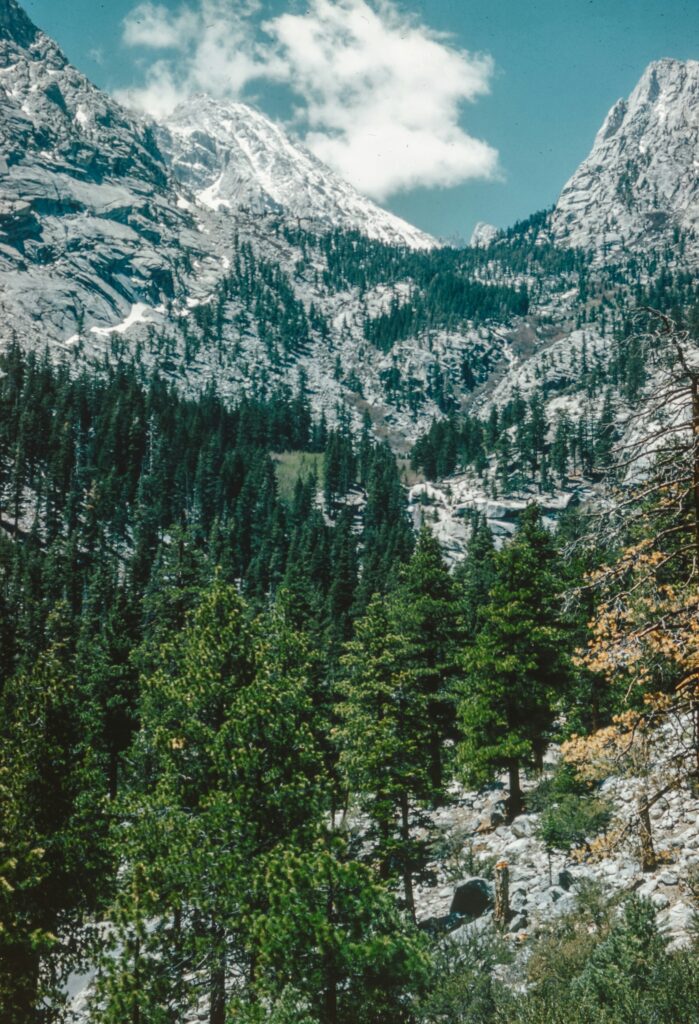
Mount Whitney Profile
Mount Whitney stands as California's crown jewel, offering breathtaking views and challenging climbs. This iconic peak attracts adventurers and nature enthusiasts from around the world.
Elevation and Prominence
Mount Whitney boasts an impressive elevation of 14,505 feet (4,421.2 m), making it the highest mountain in the contiguous United States. Its prominence is equally remarkable, towering above surrounding peaks.
You'll find Mount Whitney in the Sierra Nevada range, straddling the boundary between Inyo and Tulare counties. The mountain's impressive stature is particularly striking when you consider its proximity to Death Valley, North America's lowest point.
When you reach the summit, you'll be rewarded with panoramic views of the surrounding wilderness. On clear days, you can see for over 100 miles in every direction.
Climbing Routes
The most popular way to reach Mount Whitney's summit is via the Mount Whitney Trail. This 22-mile round trip starts at Whitney Portal, located at an elevation of 8,360 feet.
You'll need to prepare for a challenging hike:
- Duration: 12-14 hours for day hikers, 2-3 days for backpackers
- Elevation gain: 6,145 feet
- Difficulty: Strenuous
Permits are required for all hikers, and they're in high demand during peak season (May to October). You should apply well in advance to secure your spot.
For more experienced climbers, the Mountaineer's Route offers a steeper, more technical ascent. This route involves some rock climbing and is best attempted with proper equipment and experience.
Flora and Fauna
As you ascend Mount Whitney, you'll pass through diverse ecological zones. Each zone hosts unique plant and animal species adapted to the harsh alpine environment.
At lower elevations, you might spot:
- Mule deer
- Black bears
- Various songbirds
Above the treeline, keep an eye out for:
- Yellow-bellied marmots
- Pika
- Golden eagles
Plant life becomes sparser as you climb higher. Near the summit, you'll find hardy alpine species like:
- Sky pilot
- Alpine gold
- Rock fringe
Remember to practice Leave No Trace principles to help preserve this delicate ecosystem for future generations.
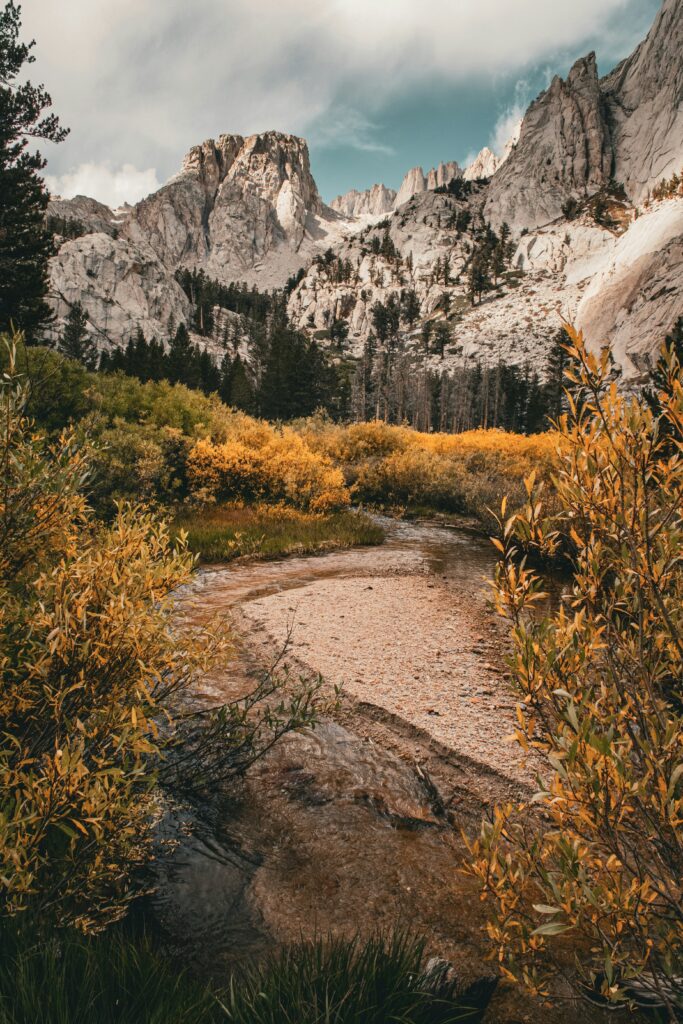
Climbing Essentials
Conquering California's tallest peak requires careful planning and preparation. Here are the key essentials you'll need to safely and successfully climb Mount Whitney.
Preparing for the Ascent
Start your preparation well in advance of your climb. Obtain the necessary permits for hiking Mount Whitney, as they're required year-round. Pack appropriate gear, including:
- Sturdy hiking boots
- Warm, layered clothing
- High-energy snacks and plenty of water
- First aid kit
- Navigation tools (map, compass, GPS)
- Headlamp with extra batteries
Train for the physical demands of the climb. Focus on cardio exercises and hiking at elevation to acclimatize your body. Practice using your gear before the big day to ensure familiarity.
Safety Tips
Your safety is paramount when tackling Mount Whitney. Stay alert and be prepared for changing conditions.
Acclimate properly by spending a night at altitude before your ascent. This helps reduce the risk of altitude sickness.
Always hike with a buddy and inform someone of your plans. Carry a satellite communication device for emergencies in areas with no cell service.
Be cautious on the infamous 99 Switchbacks. Take breaks as needed and stay hydrated. Watch for signs of altitude sickness like headache, nausea, or dizziness.
Best Seasons for Climbing
The ideal time to climb Mount Whitney is typically from July to September. During these months, you'll encounter:
- Milder temperatures
- Less snow on the trails
- More daylight hours for hiking
Late spring and early fall can also offer good climbing conditions, but be prepared for potential snow and ice.
Avoid winter ascents unless you're an experienced mountaineer. Winter climbing requires specialized gear and advanced skills due to extreme cold and dangerous snow conditions.
Check weather forecasts regularly before your climb. Conditions can change rapidly at high altitudes, so be prepared to adjust your plans if necessary.
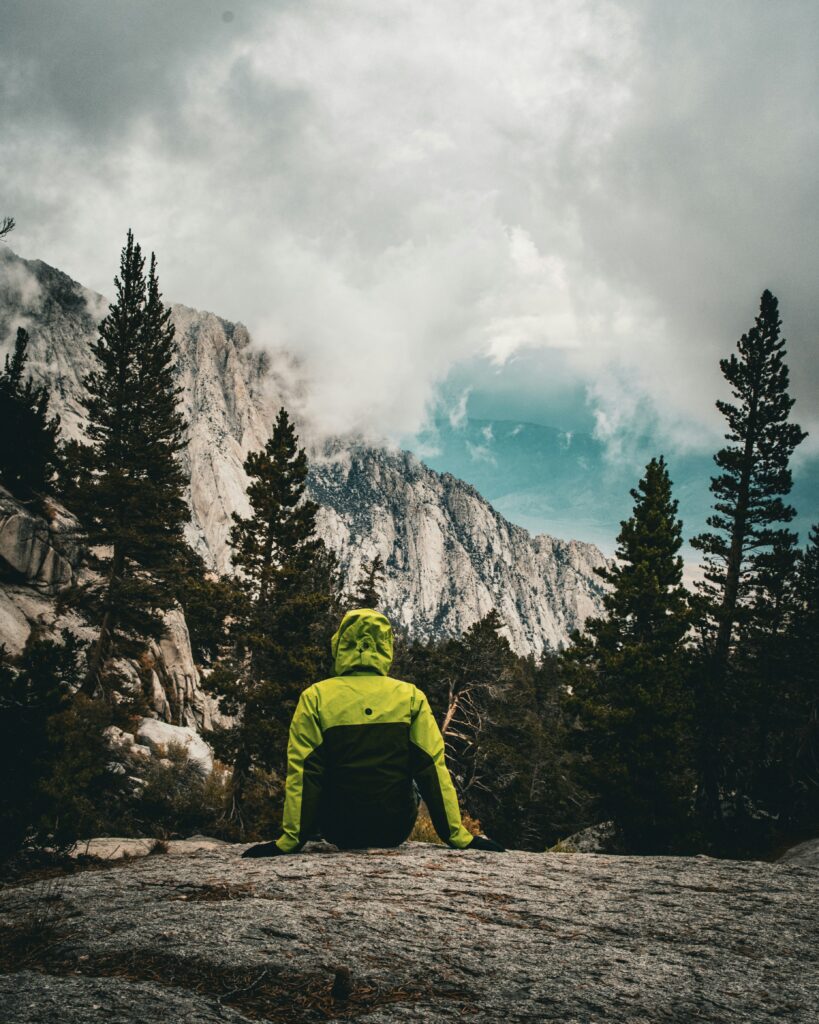
Conservation Efforts
Protecting California's tallest mountains is crucial for preserving their natural beauty and ecosystems. Dedicated organizations and policies work to safeguard these majestic peaks for future generations to enjoy.
Inyo National Forest
The Inyo National Forest plays a vital role in conserving California's tallest mountains. It encompasses Mount Whitney and other high peaks of the Sierra Nevada Range.
You'll find strict regulations in place to protect the fragile alpine environment. These include limits on campfires, proper waste disposal, and restrictions on off-trail hiking in sensitive areas.
The forest service actively manages wildlife habitats and works to prevent soil erosion. They also maintain trails and educate visitors about responsible recreation.
John Muir Wilderness
Named after the famous naturalist, the John Muir Wilderness is a testament to conservation efforts in California's high country. It covers a vast area of the Sierra Nevada, including several tall peaks.
When you visit, you'll need a wilderness permit for overnight stays. This system helps control visitor impact and preserve the area's pristine nature.
The wilderness area prohibits motorized vehicles and mechanized equipment. This policy ensures a quiet, unspoiled experience for hikers and backpackers.
Conservation groups work closely with forest managers to monitor environmental health and address emerging challenges.
Environmental Impact
Protecting California's tallest mountains involves addressing various environmental concerns. Climate change poses a significant threat to these ecosystems.
You might notice changes in plant and animal distributions as temperatures warm. Efforts are underway to study and mitigate these impacts.
Water conservation is crucial, as these mountains are vital watersheds. Initiatives focus on preserving snowpack and managing runoff.
Air quality monitoring helps protect the pristine mountain atmosphere. Programs aim to reduce pollution from nearby urban areas and wildfires.
Balancing tourism with conservation is an ongoing challenge. Sustainable practices and visitor education are key to minimizing human impact on these precious landscapes.

Recreation and Activities
Mount Whitney offers exhilarating outdoor experiences for adventure seekers and nature enthusiasts. You can explore its magnificent landscape through various activities that showcase the mountain's stunning beauty and challenging terrain.
Hiking and Backpacking
The High Sierra Trail is a popular route that leads you to Mount Whitney's summit. This 72-mile trek takes about a week to complete, offering breathtaking views of the Sierra Nevada range.
For day hikers, the Mount Whitney Trail provides a challenging but rewarding experience. You'll need to obtain a permit in advance, as the trail is in high demand. The 22-mile round trip can be completed in a day by experienced hikers, but many choose to break it up into a two-day backpacking adventure.
Remember to pack plenty of water, snacks, and warm layers. The weather can change quickly at high elevations, so be prepared for various conditions.
Photography and Sightseeing
Mount Whitney's majestic landscapes offer endless opportunities for stunning nature photography. You'll find dramatic granite peaks, crystal-clear alpine lakes, and vibrant wildflower meadows during the summer months.
For the best lighting conditions, plan your photo shoots during the golden hours of sunrise and sunset. The changing colors on the mountain faces create a mesmerizing spectacle.
Even if you're not summiting, you can enjoy incredible views from various lookout points along the trails. Trail Camp and Trail Crest offer particularly impressive vistas of the surrounding Sierra Nevada range.
Don't forget to capture the night sky – the area's dark skies make it perfect for astrophotography. You might even catch a glimpse of the Milky Way on a clear night.
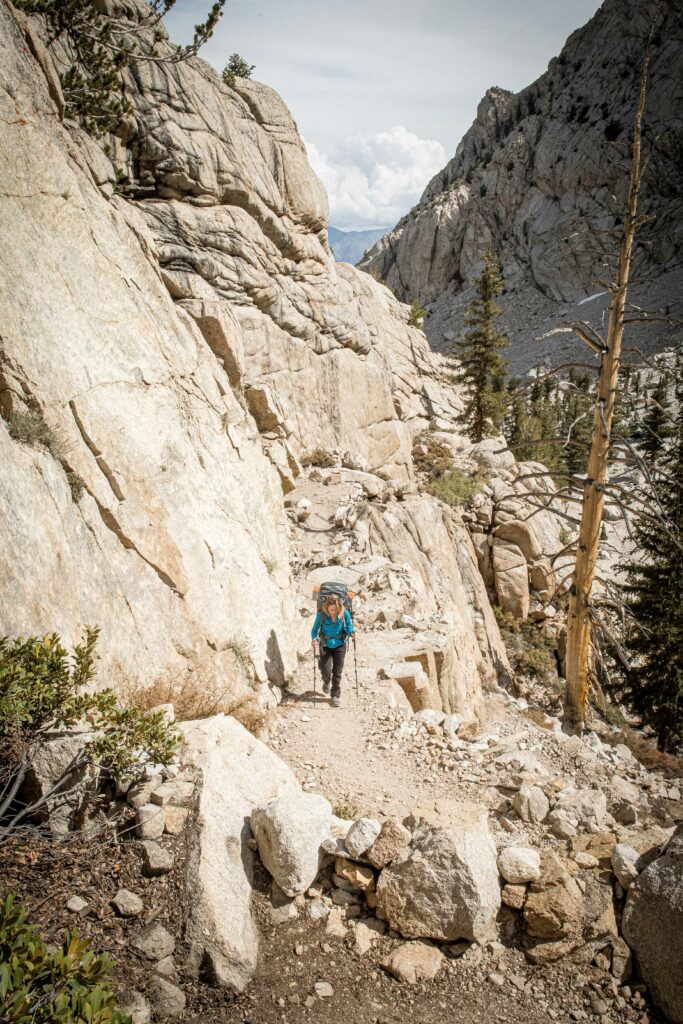
Comparative Analysis of Peaks
California's mountains offer a diverse range of heights and features. Let's explore how some of the state's most prominent peaks stack up against each other.
Mount Shasta vs. Mount Whitney
Mount Shasta and Mount Whitney are two of California's most iconic peaks. Mount Whitney stands as the tallest mountain in the state at 14,505 feet. It's part of the Sierra Nevada range and offers breathtaking views.
Mount Shasta, while not as tall, is still impressive at 14,179 feet. It's a lone peak in Northern California, known for its dramatic presence on the landscape.
When you're choosing between these two for climbing, consider their differences. Whitney is more accessible and popular, with well-maintained trails. Shasta, on the other hand, requires more technical skills and often involves snow climbing.
High Sierra Peaks and Features
The High Sierra boasts several impressive peaks besides Whitney. Mount Williamson, the second-highest in California, reaches 14,379 feet. Mount Langley follows closely at 14,026 feet.
These peaks share similar granite compositions, creating stunning vistas. You'll find challenging routes and beautiful alpine lakes scattered throughout the region.
When comparing elevations, remember that even small differences can impact your climbing experience. Higher altitudes mean thinner air, affecting your stamina and requiring more careful preparation.
The High Sierra's unique features include:
- Jagged ridgelines
- Glacial valleys
- Pristine wilderness areas
Each peak offers its own set of challenges and rewards, making the High Sierra a paradise for mountain enthusiasts.
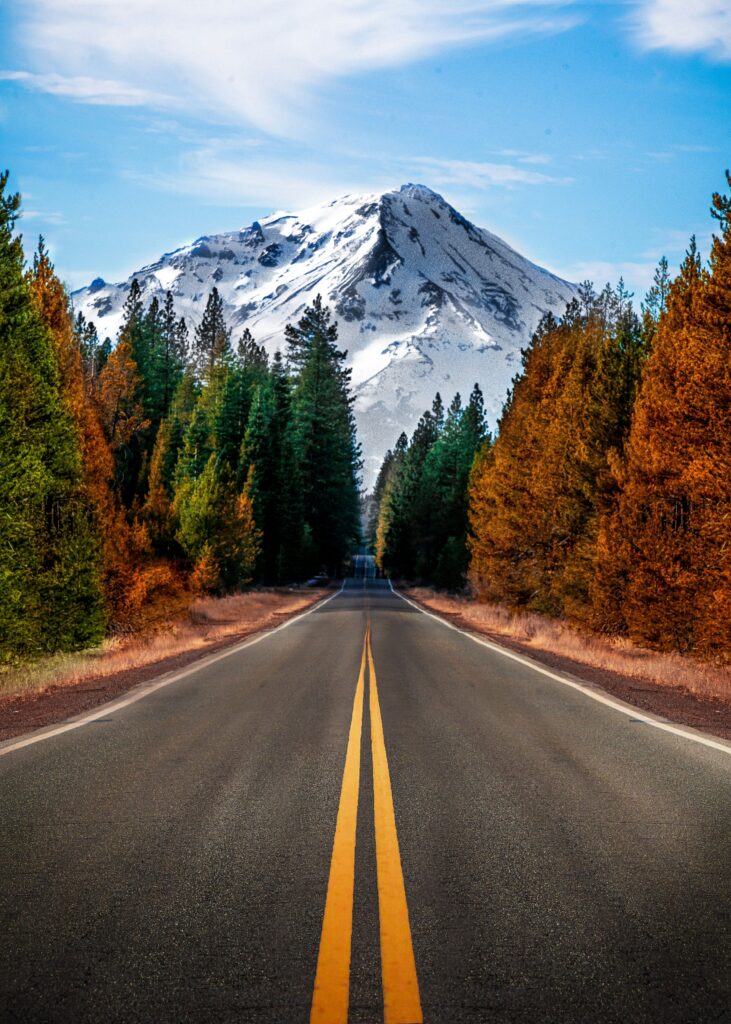
Wildlife and Ecosystem
The alpine climate of California's tallest mountains creates unique habitats for diverse flora and fauna. You'll find fascinating species adapted to harsh conditions at high elevations.
The Alpine Climate
At the summit of Mount Whitney, you'll experience an alpine climate with extreme temperature fluctuations. Summers are short and cool, while winters bring freezing temperatures and heavy snowfall.
The thin air and intense UV radiation at high altitudes create challenging conditions for life. You'll notice how plants and animals have adapted to survive here.
Strong winds shape the landscape, influencing the growth patterns of vegetation. As you climb higher, you'll see how the environment becomes increasingly harsh and barren.
Flora and Fauna Diversity
Despite the challenging conditions, you'll discover a surprising variety of life in these alpine ecosystems. Hardy plants like cushion plants and lichens cling to rocky surfaces.
As you explore, keep an eye out for marmots, pikas, and bighorn sheep. These animals have specialized adaptations to thrive in high-altitude environments.
Birds like the gray-crowned rosy finch and Clark's nutcracker soar above the peaks. You might spot golden eagles riding thermal currents high above the mountain slopes.
In protected areas, you'll find stunted whitebark pines and alpine wildflower meadows. These delicate ecosystems support a web of interconnected species, each playing a crucial role in the mountain's biodiversity.
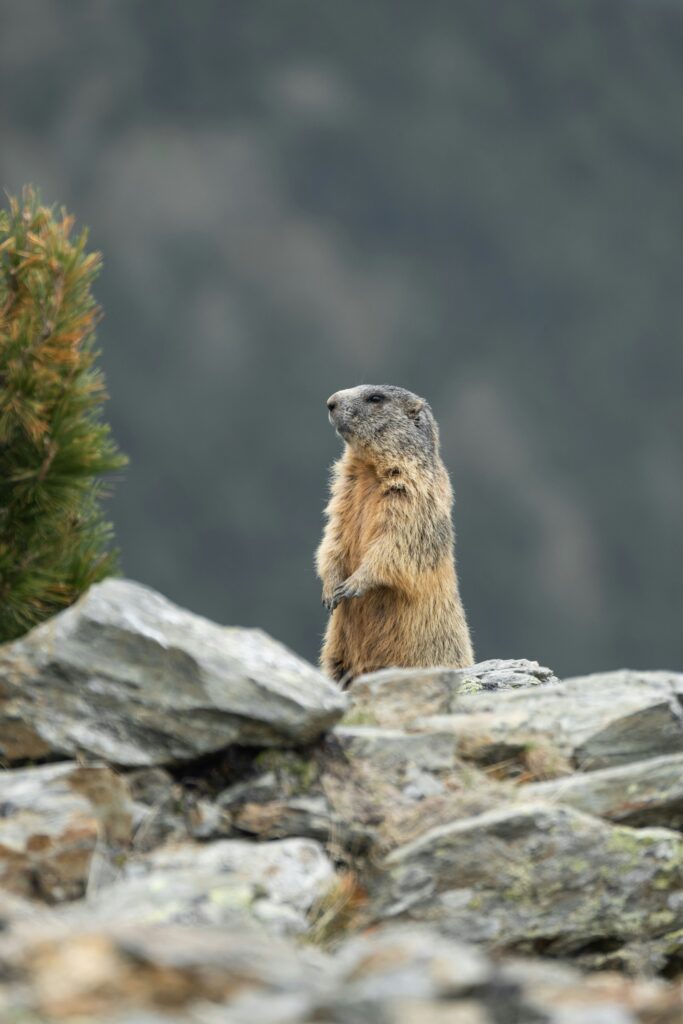
Impact on Local Communities
Mount Whitney's towering presence shapes the lives of nearby residents in profound ways. Its majestic beauty and challenging terrain influence both economic activities and cultural identity in the surrounding areas.
Economic Aspects
You'll find that Mount Whitney significantly boosts the local economy. Tourism plays a crucial role, with thousands of hikers and climbers flocking to the area each year. This influx creates jobs in hospitality, outdoor gear shops, and guide services.
The Kern River, flowing from the mountain's slopes, provides hydroelectric power and supports agriculture. This natural resource contributes to the region's economic stability.
Lone Pine, the gateway town to Mount Whitney, thrives on visitor spending. You'll see numerous hotels, restaurants, and outfitters catering to adventure seekers. The annual revenue from tourism helps sustain the community year-round.
Cultural Significance
Mount Whitney holds a special place in local culture. You'll notice its image adorning town signs, local business logos, and artwork throughout the region. It's a source of pride and identity for residents.
The mountain's presence has shaped community traditions. Annual events like the Mount Whitney Classic footrace bring people together, fostering a sense of shared accomplishment.
For indigenous peoples, the peak holds spiritual importance. You'll find that many locals respect and preserve these cultural connections, incorporating them into community education and preservation efforts.
The challenging nature of climbing Mount Whitney has cultivated a culture of outdoor enthusiasm and environmental stewardship. You'll observe this reflected in local schools' outdoor education programs and community conservation initiatives.
Notable Climbers and Expeditions
Mount Whitney, California's tallest peak, has drawn many adventurous souls over the years. Its challenging terrain and breathtaking views have inspired countless climbers to test their mettle against its slopes.
Famous Mountaineers
You might be surprised to learn that some of America's most renowned mountaineers cut their teeth on Mount Whitney. John Muir, the famous naturalist and founder of the Sierra Club, made his first ascent of Mount Whitney in 1873. His passion for the Sierra Nevada range helped spark early conservation efforts.
Norman Clyde, another legendary climber, made over 100 first ascents in the Sierra Nevada. Known as the “Pack that Walked Like a Man,” Clyde's intimate knowledge of the range made him an invaluable resource for search and rescue operations.
Memorable Climbs
The first recorded ascent of Mount Whitney occurred on August 18, 1873. Charles Begole, Albert Johnson, and John Lucas reached the summit after a grueling climb. Their success paved the way for future expeditions.
In 1923, a group of Sierra Club members completed the first winter ascent of Mount Whitney. This daring feat opened up new possibilities for year-round climbing in the Sierra Nevada.
More recently, speed climbing attempts have become popular. In 2016, Jason Lakey set a new record by running from the Whitney Portal to the summit and back in just 3 hours and 32 minutes. You might find inspiration in these incredible feats as you plan your own Whitney adventure.

